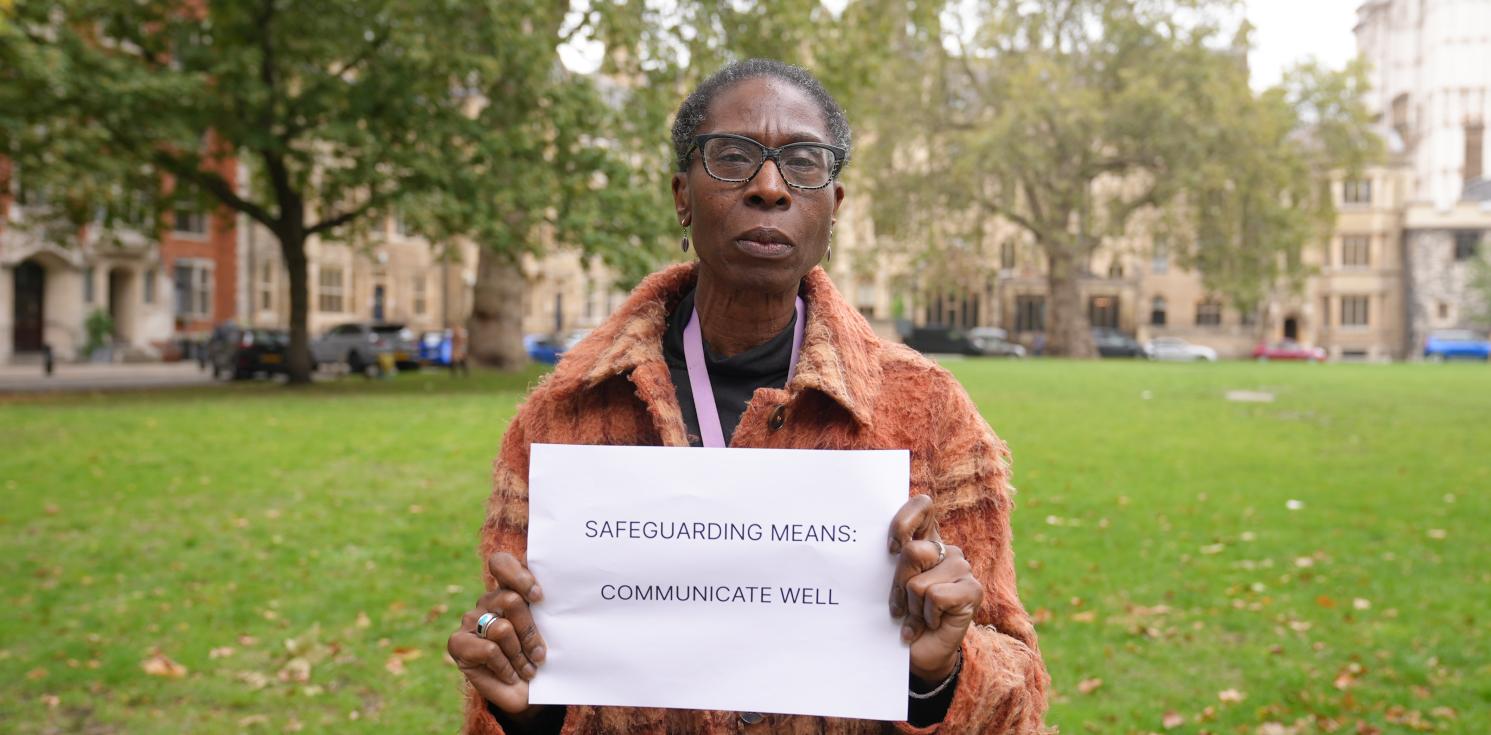Safeguarding: Communicating well

Safeguarding Sunday took place this month - 19 November 2023. Throughout the past 4 weeks, we have delved into the fundamental principles of creating a safe space for all. In previous weeks we’ve focused on establishing good governance, managing power, building effective structures, listening well and modelling safe behaviours within a chaplaincy community. This week we look at communicating well within the chaplaincy, based on the Thirtyone:Eight ‘Culture Cube’.
This article explores into the vital role of communication in safeguarding, the nuances of internal and external communication, articulating expectations for a safe environment, and establishing clear lines of accountability within the chaplaincy community.
Understanding internal and external communication
Effective safeguarding begins with looking at how the chaplaincy communicates both internally and externally. Internally, communication shapes the dynamics among community members, while external communication influences the perception and reputation of the chaplaincy in the broader community. Both dimensions play a crucial role in fostering a culture of safety.
Clearly articulating expectations for safety
To create a safe environment within the chaplaincy, it is paramount to clearly communicate what a safe place looks like. This involves defining expectations for the behaviour of chaplaincy members, explaining what is acceptable, and establishing a collective understanding of the values that create a culture of safety. Clarity in communication ensures that everyone is aware of their role in maintaining a secure and respectful space.
Establishing clear lines of accountability
Accountability is another fundamental safeguarding practice. Clearly delineating where accountability lies within the chaplaincy structure is essential for creating a responsive and responsible community. This clarity not only ensures that individuals understand their roles and responsibilities but also facilitates an effective response to any concerns or incidents that may arise.
Internal communication dynamics
Within the chaplaincy, internal communication dynamics set the tone for the community's culture. Open lines of communication encourage members to voice concerns, seek support, and actively participate in safeguarding efforts. Regular updates, newsletters, and forums for discussion contribute to a sense of transparency, fostering an environment where everyone feels informed and engaged.
External communication and reputation
Externally, how the chaplaincy communicates influences its reputation and the perception of the wider local community. A commitment to transparent and honest communication builds trust and strengthens the chaplaincy's standing as a safe and welcoming place. This external image, in turn, can attract individuals seeking a spiritual community.
For more information on Safeguarding in the Diocese in Europe, visit the safeguarding webpage.


